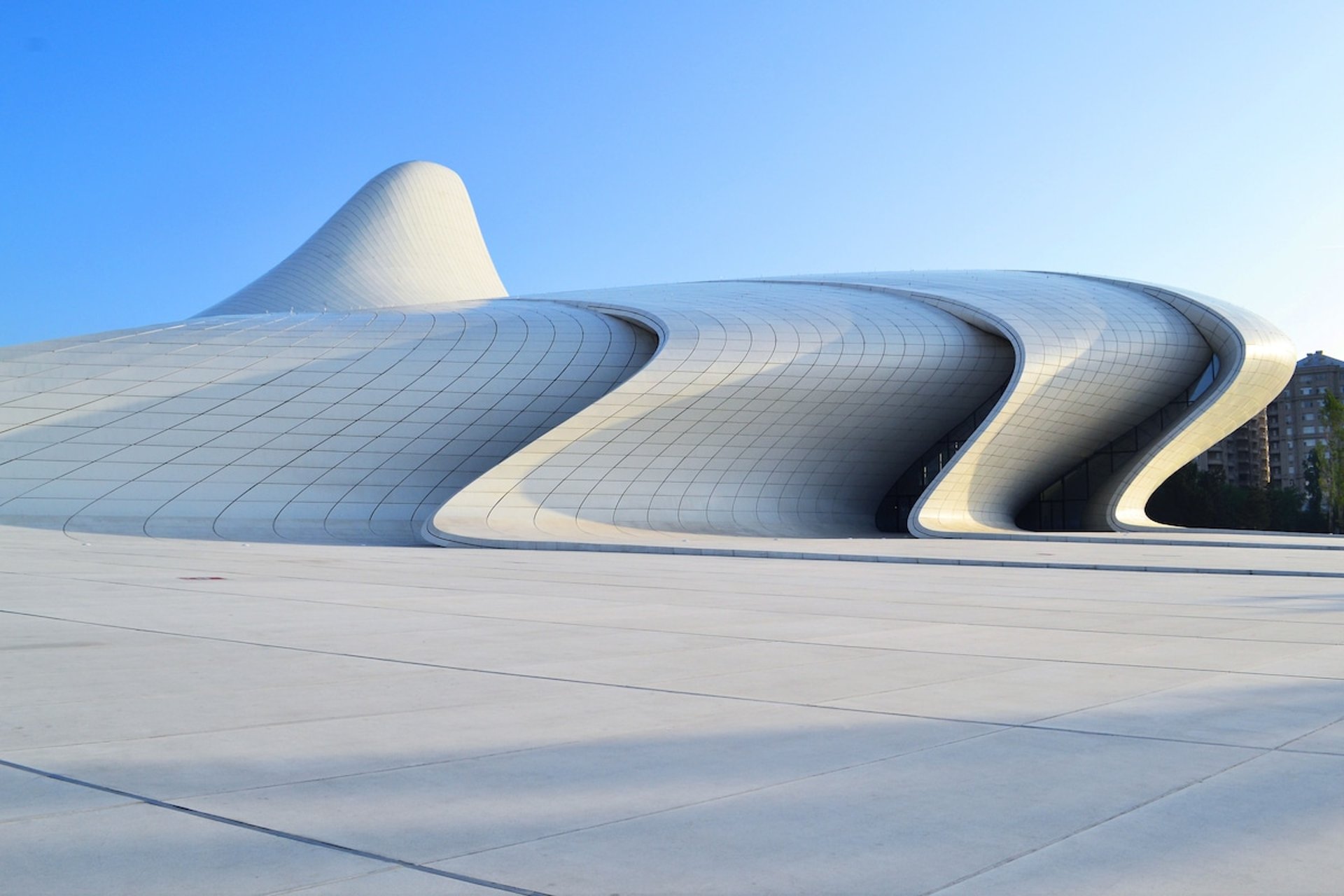
Architectural Alchemy: Transforming Challenges into Design Opportunities
Unleash your inner design alchemist! Discover how turning challenges into opportunities can lead to innovative, sustainable, and community-driven architecture. Explore the key principles, inspiring examples, and benefits of this transformative approach.
GENERALARCHITECTURE


Architectural Alchemy: Turning Challenges into Design Opportunities
Key Takeaways:
Challenges are not roadblocks, but catalysts for innovative design.
Embrace constraints, understand context, and be resourceful.
Collaboration, technology, and open-mindedness unlock new possibilities.
Alchemical design leads to innovation, sustainability, and community engagement.
Embrace challenges and become the architect who transforms them into opportunities.
Table of Contents:
The Elements of Architectural Alchemy
Embracing Constraints
Deep Contextual Understanding
Resourcefulness and Adaptability
Collaboration and Openness
Technology as a Catalyst
Examples of Architectural Alchemy in Action
The High Line, New York City
The Walled City of Kowloon, Hong Kong
The Dancing House, Prague
Benefits of Architectural Alchemy
Innovation and Originality
Sustainable Design
Cost-Effectiveness
Stronger Community Engagement
Personal Growth
Conclusion
The architect's journey is paved with challenges. Tight budgets, demanding clients, complex sites, and ever-evolving regulations can test even the most seasoned professional. But within these constraints lies an opportunity, a chance to embrace architectural alchemy and transform obstacles into creative solutions.
This philosophy isn't about mere adaptation; it's about a fundamental shift in how we approach design. It's about seeing limitations not as roadblocks, but as catalysts for innovation. By embracing creativity, resourcefulness, and a deep understanding of context, we can unlock possibilities that traditional solutions might overlook.
The Elements of Architectural Alchemy:
1. Embracing Constraints:
The first step in architectural alchemy is acknowledging the challenges themselves. Ignoring them merely invites frustration and subpar results. Instead, view them as design prompts, pushing you to explore unconventional solutions. A tight budget might lead to exploring prefabrication or upcycled materials. A constrained site might inspire clever space-saving designs or vertical gardens.
2. Deep Contextual Understanding:
Every site and project exists within a unique fabric of history, culture, and environment. Understanding this context is crucial for alchemical design. Analyze the surrounding architecture, local materials, and cultural nuances. Can you integrate local craftsmanship into your design? Can you leverage existing structures or repurpose forgotten spaces? Contextual sensitivity not only enhances your design but also fosters community engagement.
3. Resourcefulness and Adaptability:
The alchemist mindset thrives on resourcefulness. Think outside the box, explore unconventional materials, and embrace adaptive reuse. Can you use everyday objects in unexpected ways? Can you source materials locally or find creative ways to extend their lifespan? Remember, resourcefulness isn't just about saving money; it's about reducing environmental impact and fostering sustainable practices.
4. Collaboration and Openness:
No architect exists in a vacuum. Collaboration with engineers, landscape designers, artists, and even the community can spark alchemical solutions. Be open to diverse perspectives and challenge your own assumptions. Collaborative brainstorming can lead to unforeseen possibilities and create a sense of shared ownership in the project.
5. Technology as a Catalyst:
Emerging technologies like parametric design, 3D printing, and advanced building materials offer exciting possibilities for overcoming challenges. Explore how these tools can help you optimize space, minimize waste, and create environmentally sound solutions. However, remember that technology is a tool, not a replacement for good design principles and contextual understanding.
Examples of Architectural Alchemy in Action:
1. The High Line, New York City:
Instead of demolishing an abandoned elevated railway, visionary designers transformed it into a vibrant public park, breathing life into an underutilized space and creating a new green haven for the city.
2. The Walled City of Kowloon, Hong Kong:
Once notorious for its density and lack of resources, this former slum became a testament to human ingenuity. Residents creatively adapted limited space, creating vertical gardens and makeshift infrastructure. While not a formal architectural project, it offers valuable lessons in resourcefulness and adaptation.
3. The Dancing House, Prague:
Challenged by a complex site and strict regulations, architects Frank Gehry and Vlado Milunić defied expectations with their deconstructivist masterpiece. The building not only became a landmark but also sparked debate and pushed the boundaries of architectural expression.
Benefits of Architectural Alchemy:
1. Innovation and Originality:
Embracing challenges fosters creativity and leads to unique, out-of-the-box solutions. Your design stands out, pushing the boundaries of conventional thinking and leaving a lasting impact.
2. Sustainable Design:
Resourcefulness and adaptive reuse often lead to more sustainable practices. By minimizing waste and utilizing existing resources, you create environmentally responsible architecture with minimized impact.
3. Cost-Effectiveness:
Constraints often force a rethink of budgets and resources. Alchemical thinking can lead to cost-effective solutions that utilize readily available materials and optimize construction methods.
4. Stronger Community Engagement:
Openness to collaboration and contextual understanding leads to designs that resonate with the community. When community needs and aspirations are reflected in the design, a sense of ownership and belonging is fostered.
5. Personal Growth:
Overcoming challenges is a rewarding experience that pushes you to grow as a designer. It hones your problem-solving skills, broadens your perspective, and instills a sense of resilience and resourcefulness.
Conclusion:
Architectural alchemy is not just a clever metaphor; it's a powerful design philosophy that transforms limitations into opportunities. By embracing challenges, understanding context, and employing creativity and resourcefulness, we can create architecture that is not only innovative but also sustainable, community-driven, and personally enriching. So, the next time you face a design challenge, remember: it's not a roadblock, it's a chance to unleash your inner alchemist and create something truly transformative. Remember, the greatest inventions and discoveries often arise from overcoming adversity. Embrace the limitations, unleash your creative spirit, and be the architect who turns challenges into design opportunities that leave a lasting mark on the world.
FAQ:
What is architectural alchemy? It's a design philosophy that transforms challenges into opportunities by embracing creativity, resourcefulness, and contextual understanding.
Why is it important? It leads to innovative, sustainable, and community-driven architecture that creates positive impacts.
How can I apply it to my own projects? By acknowledging challenges, understanding your context, and utilizing creativity, collaboration, and technology.
What are some examples of architectural alchemy? The High Line, The Walled City of Kowloon, and The Dancing House are just a few.
What are the biggest challenges architects face today? (e.g., climate change, affordability, social inequality)
How can architectural alchemy be used to address these challenges? (e.g., designing for resilience, creating affordable housing, fostering social interaction)
What skills do architects need to develop to practice architectural alchemy? (e.g., critical thinking, communication, collaboration, adaptability)
What resources are available to help architects learn more about architectural alchemy? (e.g., books, articles, workshops, online communities)
LSI Keywords for "Architectural Alchemy: Turning Challenges into Design Opportunities":
General:
sustainable architecture, innovative design, creative problem-solving, adaptive reuse, community-driven design, resourcefulness, urban design, landscape architecture, environmental design, social impact design
Specific:
parametric design, 3D printing, upcycled materials, prefabrication, vernacular architecture, cultural sensitivity, public space design, mixed-use development, historical preservation, brownfield redevelopment
